The Slate Landscape of Northwest Wales: Slate has been quarried in Northwest Wales for more than 1,800 years. Slate was used for building and roofing, it was already used to build a Roman fort in Gwynedd. Later, it was used to build castles, such as King Eddward's Castle in Conwy. In the 18th century, during the Industrial Revolution, the demand for slate was growing rapidly when cities and factories expanded with slate being used to roof houses and factories. During the 18th century, Northwest Wales became the world leader for the production and export of slate. Wales produced more slate than the rest of the world put together. The work took place on terraces, cut into the mounntains. The slate mining industry has transformed the landscape of Northwest Wales forever. The slate industry had a huge impact on architecture worldwide, it was used on numerous buildings around the world, including Westminster Hall. In the 1880s, the slate industry of Northwest Wales produced 485,000 tonnes of slate a year. After the First World War, the decline of the slate industry started, many quarries were closed. Slate was no longer needed, not even for writing slates at schools. After World War Two, the price of slate was so high compared to clay and concrete tiles. The decline of the slate industry in Nortwest Wales was unstoppable. Most of the slate quarries and factories were closed down. The former slate quarries are nowadays used for outdoor activities such as rock climbing. A number of the old slate factories have been preserved and converted into museums. The Slate Landscape of Northwest Wales was declared a UNESCO World Heritage in 2021.
www.werelderfgoedfotos.nl © Copyright World Heritage Photos Classic Car Road Trip
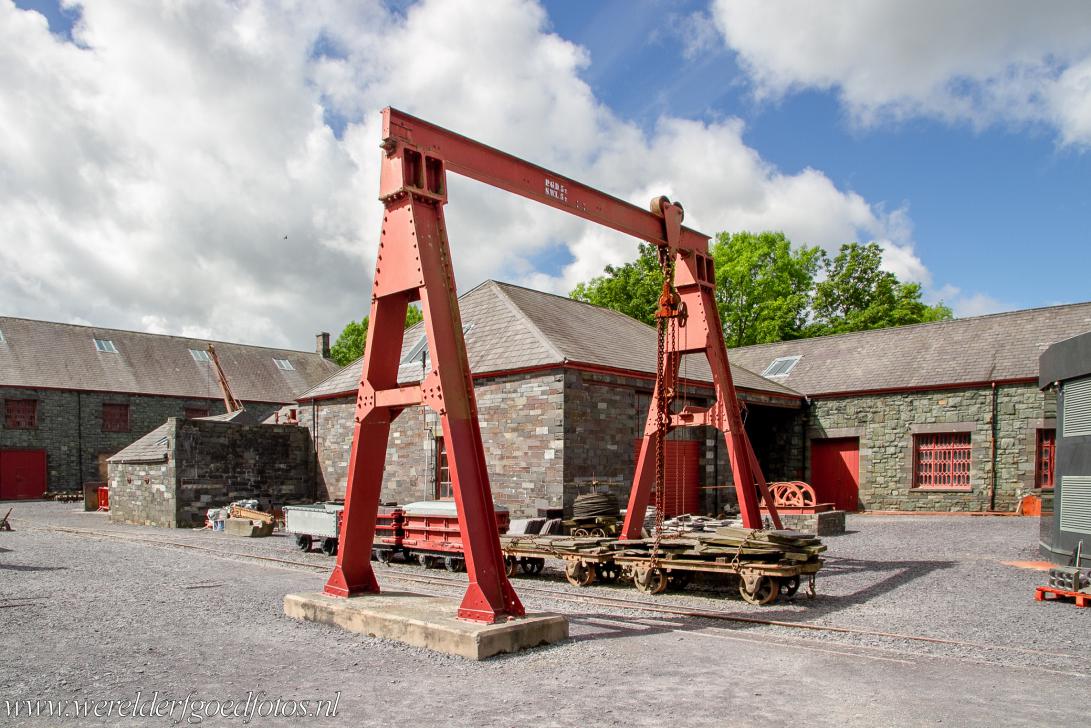
The Slate Landscape of Northwest Wales: The Dinorwig Quarry and slate processing plant has now become the National Slate Museum. The National Slate Museum tells the history of Welsh slate. It offers a lively insight into the lives and craftsmanship of the quarrymen. The workshops of Dinorwig are still in working condition. The Dinorwig workshops were built in 1870.

The Slate Landscape of Northwest Wales: The Dinorwig Quarry and slate processing plant has now become the National Slate Museum. The National Slate Museum tells the history of Welsh slate. It offers a lively insight into the lives and craftsmanship of the quarrymen. The workshops of Dinorwig are still in working condition. The Dinorwig workshops were built in 1870.
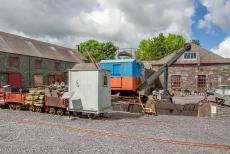
The Slate Landscape of Northwest Wales: Wales produced more slate than the rest of the world put together. In 1882, Dinorwig alone quarried 87,000 tonnes of slate. The Dinorwic Quarry was once the second largest slate quarry in the world, only the neighbouring Penrhyn Slate Quarry was larger. Penrhyn is still Britain's largest slate quarry, but its workforce is now about 200 men.
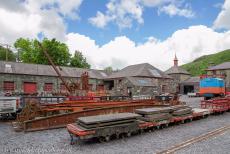
The Slate Landscape of Northwest Wales: From the quarry, huge slate slabs were transported to the workshops where they were turned into roofing slates, fence posts, door posts, gravestones, chalkboards and countless other objects such as writing slates. A skilled splitter could cut sixty slate tiles in one hour. In 1870, over a hundred men were employed in the Dinorwig workshops.
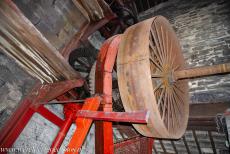
Slate Landscape of Northwest Wales: In the Dinorwig workshops, the machinery was powered by a lineshaft, a long turning axle running through the workshops, the lineshaft was powered by a gigantic waterwheel and although steam power was available at the end of the 19th century, Dinorwig chose for the cheap water power in 1870.
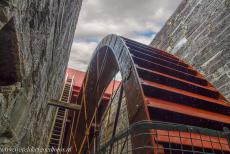
Slate Landscape of Northwest Wales: The lineshaft in the workshops of Dinorwig was powered by this a gigantic waterwheel, the waterwheel is the largest on mainland Britain. The waterwheel was built in 1870 and remained in use until 1926. It was replaced by a Pelton wheel turbine. The water to power the wheel came from the Snowdon in cast iron pipes.
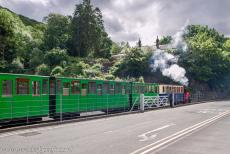
The Slate Landscape of Northwest Wales: An industrial narrow-gauge railway connected the Dinorwic quarry with the port of Y Felinheli, formerly known in English as Port Dinorwic, located on the Menai Strait between Bangor and Caernarfon in Gwynedd. Narrow-gauge railways were a crucial part of the slate industry in Wales.
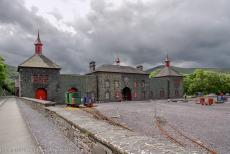
The Slate Landscape of Northwest Wales: The National Slate Museum is housed in the industrial buildings of Gilfach Ddu, also known as the Dinorwig Slate Quarry Workshops, it is situated in Llanberis, a small village at the foot of the Snowdon. The Dinorwig Slate Quarry and associated workshops were shut down in 1969. The museum is a major tourist attraction in Wales.

Slate Landscape of Northwest Wales: A Mini Authi in front of Penrhyn Castle, the former home of the aristocratic Pennant family, the owners of the Penrhyn Slate Quarry. At the end of the 19th century, it was the largest slate quarry in the world. Penrhyn Castle is situated in Bangor, it was built of the profit of the North Wales slate industry and the sugar plantations in Jamaica.
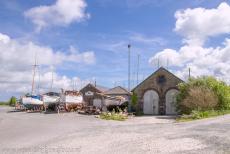
The Slate Landscape of Northwest Wales: Porth Penrhyn near Bangor, the locomotive sheds of the Penrhyn Quarry Railway. In 1801, the railway started as a horse-drawn tramway. From 1878 to 1962, steam powered locomotive were used on a new constructed railway, the railway played a crucial role in transporting the slate from the Penrhyn Quarry to the Porth Penrhyn. The sheds housed the locomotives of the railway and materials for repair and maintenance
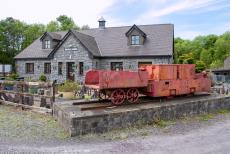
The Slate Landscape of Northwest Wales: Inigo Jones Slate Works near Penygroes, a small village in the slate quarrying landscape of the Dyffryn Nantlle, the Nantlle Valley. The slate works were founded in 1861 to make slate for schools. Before paper became widely available, children used slates, encased in wooden frames, to learn how to write. The company also made Victorian slate fireplaces and memorial plaques. Today, they make objects such as clocks and wine racks.
